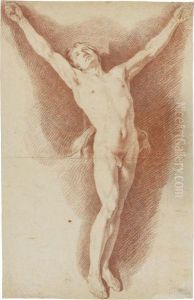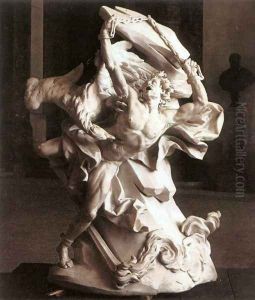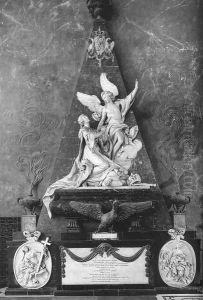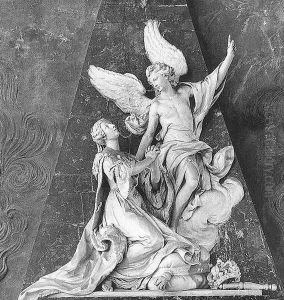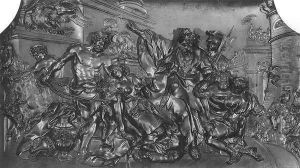Nicolas-Sebastien Adam Paintings
Nicolas-Sébastien Adam, also known as Nicolas-Sébastien Adam the Younger to distinguish him from his elder brother Lambert-Sigisbert Adam, was a French sculptor who became famous for his work in the Rococo style during the 18th century. Born on March 22, 1705, in Nancy, France, he was a member of the renowned Adam family of sculptors, which included his father, Jacob-Sigisbert Adam, and his brothers Lambert-Sigisbert and François Gaspard Adam, all of whom were significant artists in their own right.
Nicolas-Sébastien received his early training from his father before moving to Paris to further his studies. In Paris, he joined the workshop of his brother Lambert-Sigisbert, who was already an established sculptor. Nicolas-Sébastien gained recognition in the art world in 1726 when he won the prestigious Prix de Rome for his sculpture, which allowed him to study at the French Academy in Rome. His time in Italy had a profound influence on his artistic development, and he was exposed to both the antique and the contemporary Italian Baroque styles, which he later blended with the French Rococo.
Adam's career flourished upon his return to France. He was admitted to the Royal Academy of Painting and Sculpture in 1742 and received commissions from the royal court and various other patrons. His work included religious sculptures, portrait busts, and mythological subjects, often characterized by a sense of movement and an emotional intensity.
One of his most famous works is 'Prometheus Being Chained by Vulcan,' which displays his dynamic style and his ability to convey dramatic narratives through sculpture. Unfortunately, many of Nicolas-Sébastien's works were destroyed during the French Revolution, resulting in a loss that has left gaps in the understanding of his oeuvre.
Nicolas-Sébastien Adam's career was marked by both success and struggles, including financial difficulties and the challenge of living up to the high standards set by his family. Despite these challenges, he left an indelible mark on the art of the Rococo period with his expressive and graceful sculptures. He died on August 12, 1778, in Paris, leaving behind a legacy that has been appreciated by generations of art lovers and historians.
